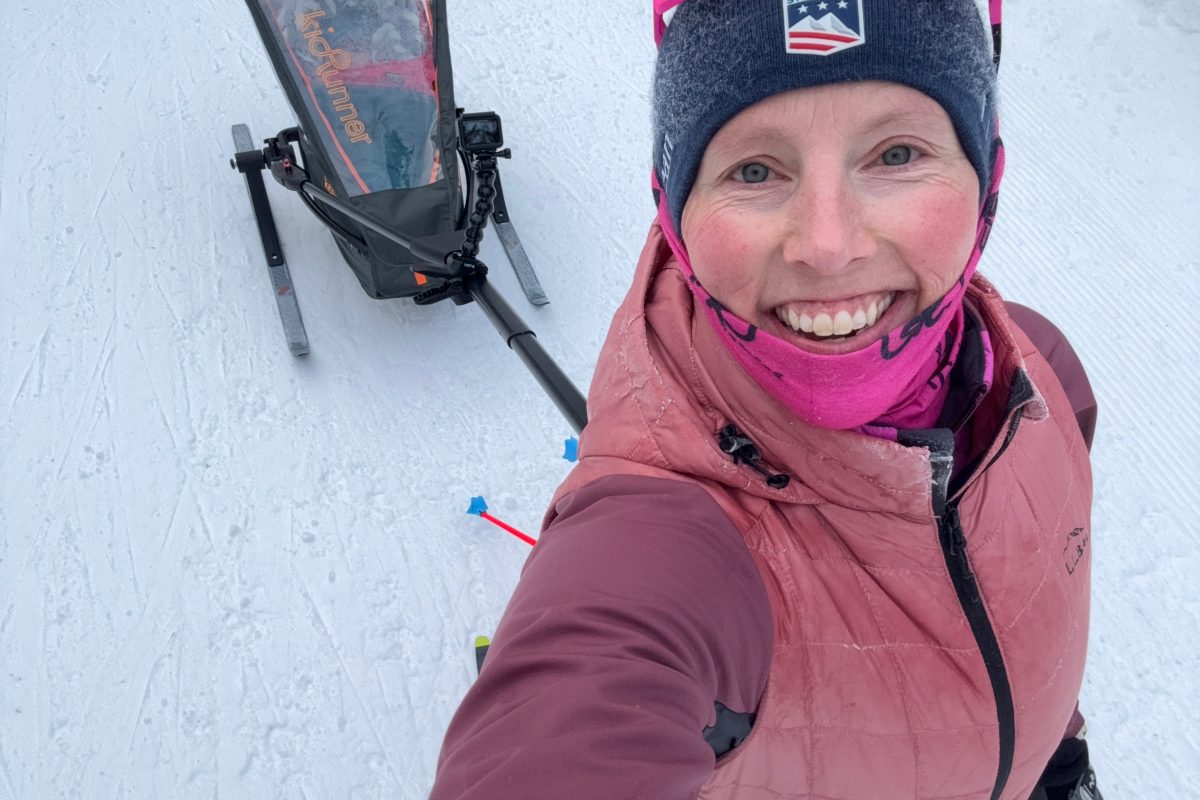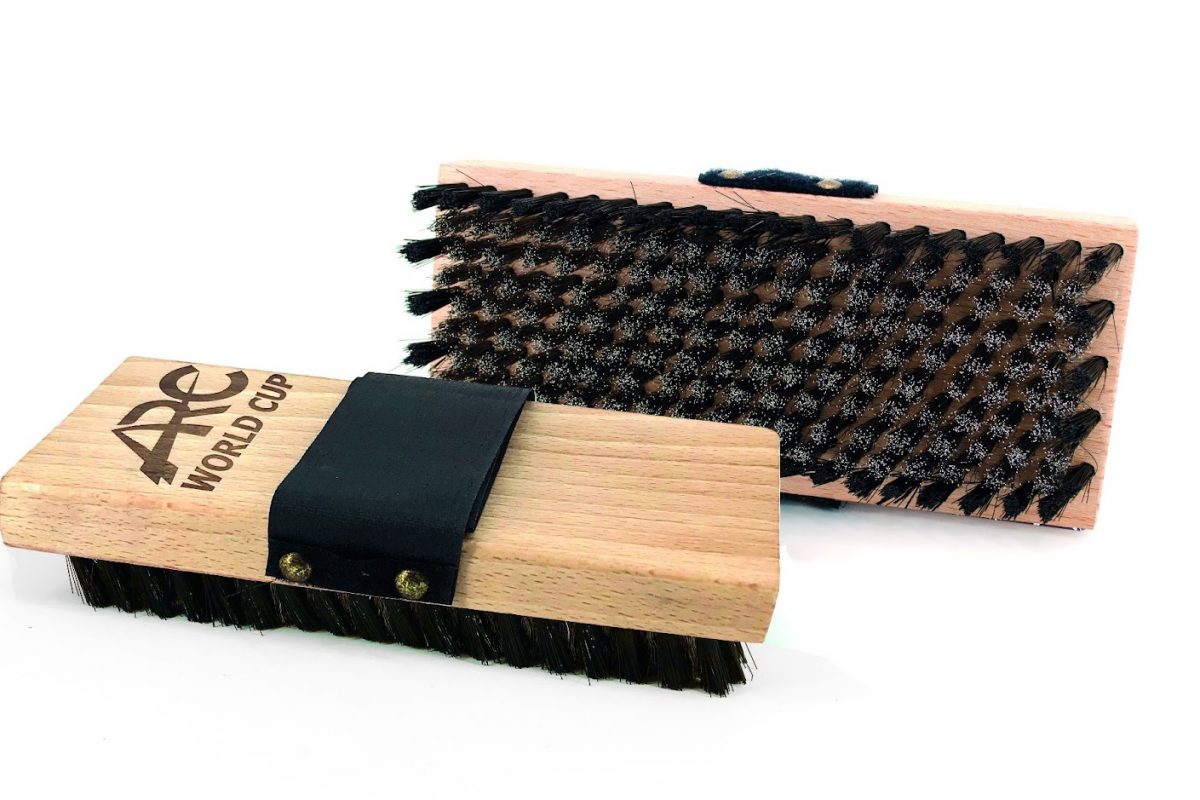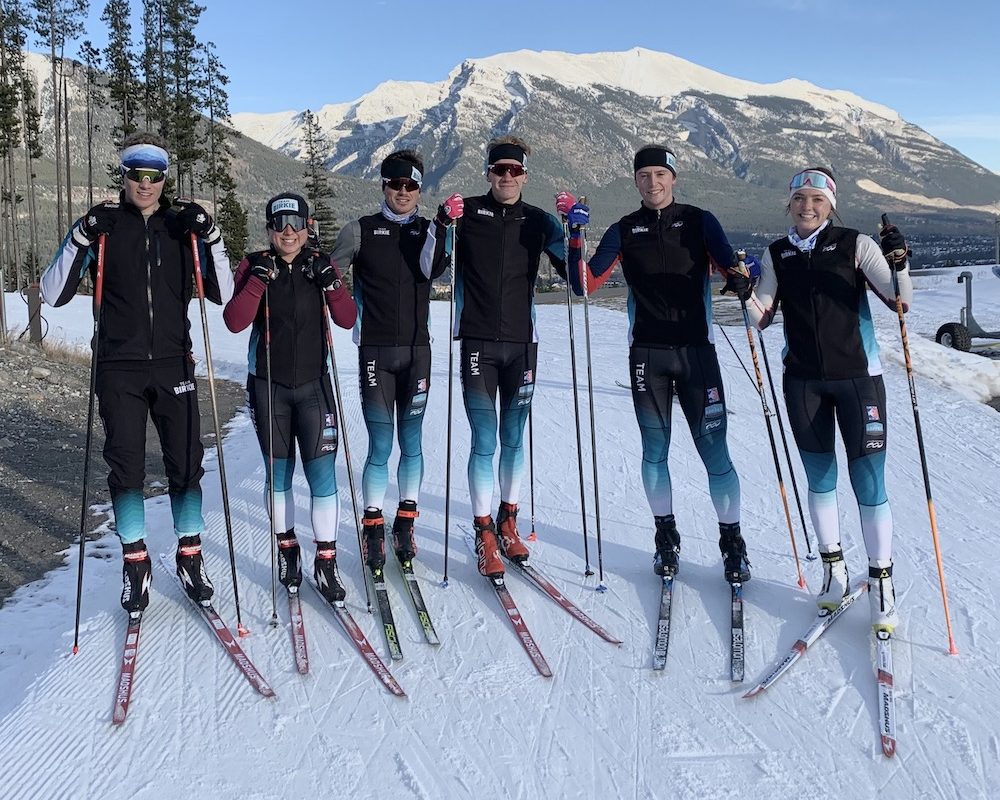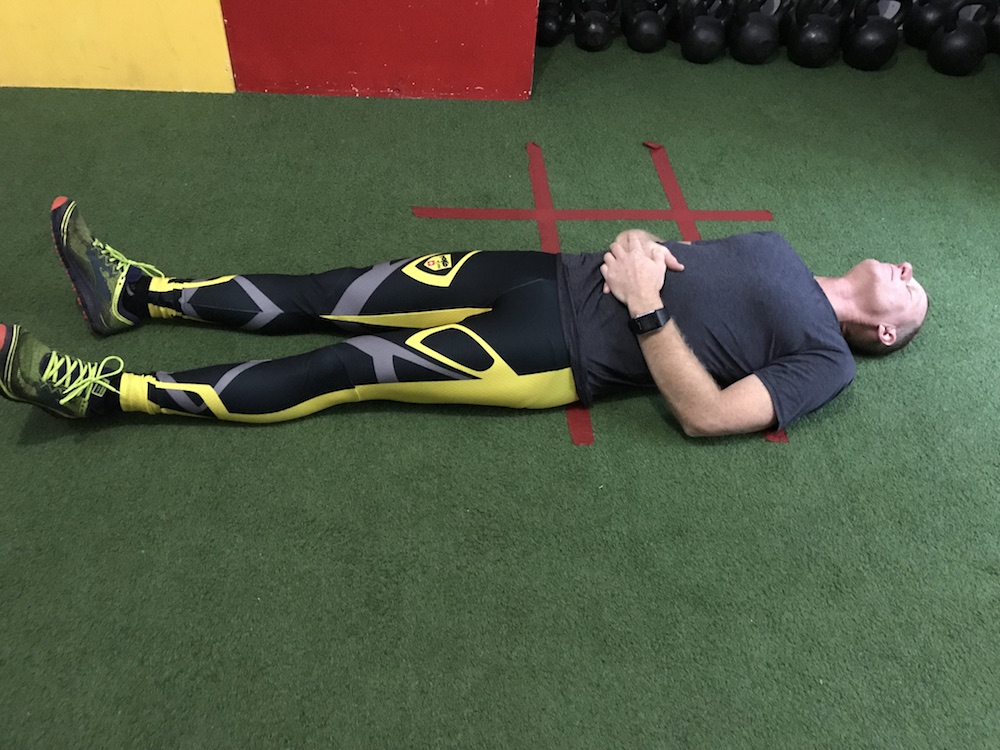
The following strength and performance tips come from one of our resident experts, Stuart Kremzner, MS, CSCS, FMSII, OS, RN, an exercise physiologist who has coached and raced in nordic skiing for over 20 years. Kremzner has trained/consulted with college athletic programs, elite teams, and athletes with the goal of improving athletic performance and injury prevention. When not working, he is running and skiing on the trails in New Hampshire or writing wax tips for the TOKO Tech Team. Kremzner can be found at e3sportsperformance.com.
***
Like most coaches, I have been on the eternal quest to get the most out of an athlete’s performance. Not all of us are born with VO2maxes in the 80’s so we need to do lots of tuning to get the most out of our motors. When a skier comes by on the course, I do the quick checklist of what is holding this skier back. More often than not, I see the inability to maintain an efficient body position, transfer weight and balance as the limiting factors. The fundamental commonality between all these elements is reactive core strength. This element is one of the most important for technical efficiency for all skiers.
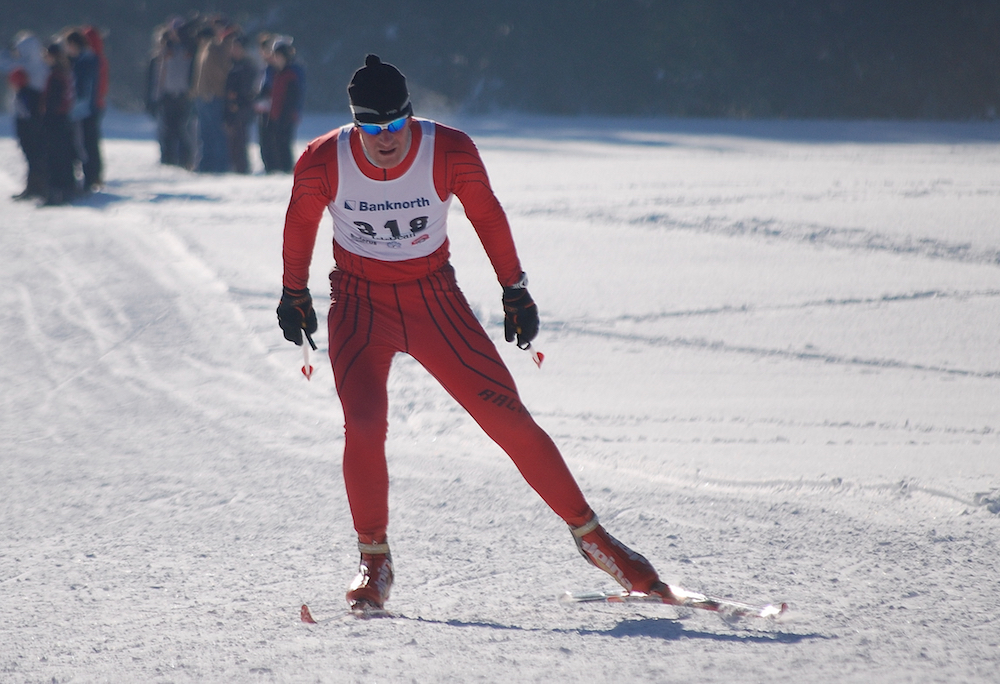
Many skiers from beginner to elite can improve. Beginners often lack the balance; elite skiers can have compensated movement patterns from over-specialization or injuries. Most people right now are thinking, “I can do a plank for 2 minutes and I still have trouble balancing.” A four-point plank is static core, i.e. not reflex driven, and not effective training for dynamic balance. Core strength exercises must be dynamic to transfer over to be effective for sports performance. Most important, we need to prime our nervous system prior to the core exercises to get the most out of them. Without this step we are addressing only half the problem.
In 2003, physical therapist Gray Cook introduced and expanded the importance of mobility and stability in the performance hierarchy. Without this solid foundation of the ability to control movement and have a full range of movement, everything else we add on for fitness and performance development will not be optimal. Cook touched on an area of primitive patterns that has gotten much greater recognition. Tim Anderson and Geoff Neupert expanded on the concept in their book, Pressing Reset: Original Strength Reloaded. In it they describe the concept of “Resets” patterned after the neuro developmental movement sequence – the sequence of movement that infants use to develop enough core stability to stand on two feet and walk.
In Original Strength Performance: The Next Level, the concept was applied to the performance realm. The authors learned that resetting the nervous system prior to dynamic core exercises yielded exceptional results in redeveloping and maintaining efficient core strength and movement patterns. Resets are like wiping your hard drive for your neuromuscular system. If we don’t erase the dysfunctional pattern, it will continue to delay development.
Neurophysiologically, we are born with a blueprint for optimal, efficient movement patterns, and our foundational core is developed through a sequence of breathing, head movement, rolling, and crawling. After about 4-6 years, if we don’t use our core we start to lose it, we are seeing this more and more given lifestyle changes. How many of the kids we coach are doing manual labor these days and spending hours outside running and playing? Our movement pattern’s base-level functioning is dictated by the dominant motor programs we use. Our bodies were designed to be up and mobile 8-10 hours a day. Put us in a chair for 6 hours a day (like with school kids) or a desk-jockey job, and we have global changes in the detuning and functioning of our neuromuscular system. Primary core muscles develop dysfunctional firing patterns and weaken. Hip flexors shorten, and posture changes (we get more stooped). Core muscles stop firing optimally in their original motor program; they are not turning on at the right time or not at all. This leads to altered/decreased muscle-firing sequences, compensated movement patterns, power leaks, injuries, and for may of us, decreased athletic performance.
Resets are like wiping your hard drive for your neuromuscular system. If we don’t erase the dysfunctional pattern, it will continue to delay development.
For years as coaches and physiologists, we have been focused on more speed, power, strength and endurance. However, all this work is not optimized if we don’t have the fundamental ability to generate power, transfer it effectively between joints then into the ground, and have optimal mobility to use the full length of all of our muscle fibers effectively.
Reflexive core strength is the foundation of efficient all movement patterns. Hip stabilization and coordinating segmented movements between the upper and lower body is primarily mediated/controlled by our deep pelvic floor and transverse abdominal muscles. The key is to keep the core exercises dynamic and reflexive (as reflexes drive the optimal functioning of the deep reflexive core). Good skiing technique does not consist of doing static planking for 5 minutes. The exercise needs to be dynamic, hence you need to lift an arm, leg, or both (with proper body alignment) to keep the a plank reflexive. It is important to use perfect technique. It is far more effective to use perfect technique for 3 seconds vs. poor technique for 30 seconds (this just keeps reinforcing the dysfunctional muscle firing pattern!)
What follows are some ideas and the very basic science behind activating and training your reflexive core. Think of this as your “quick start” guide. For individualized/targeted training you need to have a good evaluation with an Original Strength certified coach who can develop a program that is most effective for you. At the very least this will help get you started. These exercises were developed by Anderson and Neupert of Original Strength.
Before and after each exercise, grab a 10-20 kilogram weight and do a deep squat, then a toe touch. Pay attention to how it feels, range of motion and “snap” you have going down and coming up.
To start, you need to reset and “overwrite” the dysfunctional movement programs in your nervous system. These exercises are called “resets”.
“Resets are the ABC’s of movement. When you can put all the letters together you can begin to make words, then before you know it you can make sentences. Sentences become paragraphs and eventually master pieces of literature! Movement is a lot like this – it starts out simple and messy and through practice becomes a thing of beauty. It starts with the resets of Original Strength.” (Shropshire, 2018)
This is achieved through systematically activating the muscle firing patterns as we developed them when we were infants/toddlers. These recruitment patterns originate in the more primitive part of our brain (brainstem, medulla oblongata pons, cerebrum); this is the foundational center of our most basic movement patterns. Through aging, injury and dysfunctional pattern overrides (sitting 8 hours a day), these fundamental patterns are overridden by altered muscle firing patterns that are not efficient.
The fundamental resets are diaphragmatic breathing, head nods, rolling, rocking and crawling. Each exercise has a video link to view excellent technique. If your squat or toe touch feels better and you can move with more depth and ease, that is a good reset for you.
It all starts with diaphragmatic breathing. Diaphragmatic breathing is critical to resetting and activating your core. The diaphragm, along with the transverse abdominis and pelvic floor, form the basic reflexive core. Intentional breathing using the diaphragm activates the other muscles of the reflexive core via neural and fascial connections – hence it is the gateway into the reflexive core. Head nods and rolling help reset and stimulate your ocular-vestibular system, which is integrally related to developing proprioception and balance.
- Diaphragmatic breathing (restores muscle proprioceptive reactivity, also shifts CNS from sympathetic to parasympathetic): Lay on stomach (or back), forehead resting on flat hands, legs extended. Belly breathe deeply in and out through your nose. Your exhale should be twice as long as your inhale. Tongue should be pressing on the roof of your mouth just behind your teeth. On the inhale, push your belly button into the ground and push it up as much as possible. Belly should always rise before shoulders. Breathe for about 2-3 mins, then flip over on your back and hold your knees up with hands and keep focusing on deep breathing for another 1-2 minutes. Video (The key with all these exercises is to maintain the same tempo and depth of diaphragmatic breathing.)
- Head nods: Lay on back with arms at 45-degree angles, palms up, legs extended. Have eyes look back, extend neck and head rotating to point where forehead is touching floor, then roll eyes down flex neck forward to look between heels. Repeat 10 times (keep same breathing depth and rhythm). Video
- Rolling: There are many types of rolling variations, different type of rolls are more effective for improving various movement patterns. Start with Egg Rolls then move to segmental rolling.
- Rocking: On hands and knees, keep head/neck extended, rock back and flex neck. Keep back in level alignment and elbows locked out with body/neck extension and flexion. Rock slowly forward and backward, maintaining breathing pattern. Video 1 | Video 2

“Rocking”, a basic movement for reseting the neuromuscular system. - Baby Crawls (3 x 30 meters): Keep head up, diaphragm breathe as you move, lift hand and opposite knee off ground as you move forward. Pay attention to keeping hips level. Once you can do this perfectly progress to keeping knees off the ground (about 2-3 cm, no more). Video

It’s not juvenile: baby crawls can help “reset” the neuromuscular system.
How to apply these exercises:
The resets are the ideal warmup prior to your workouts. When these exercises are complexed with individualized core strength and strength exercises, overall strength and balance will be further improved. Future articles will discuss some great core and strength exercises focused towards developing an improved strength foundation for nordic.
- core strength
- Core strength exercises
- Diaphragm Breathing
- Diaphragmatic breathing
- dynamic movement
- dynamic strength
- exercise physiologist
- Exercise Physiology
- Geoff Neupert
- Gray Cook
- Head nods
- movement patterns
- movement sequence
- neuro developmental movement sequence
- neuromuscular
- Original Strength Performance: The Next Level
- Pressing Reset
- Pressing Reset: Original Strength Reloaded
- reactive core strength
- reseting movement
- resets
- skiing technique
- Stuart Kremzner
- technique tips
- Tim Anderson

